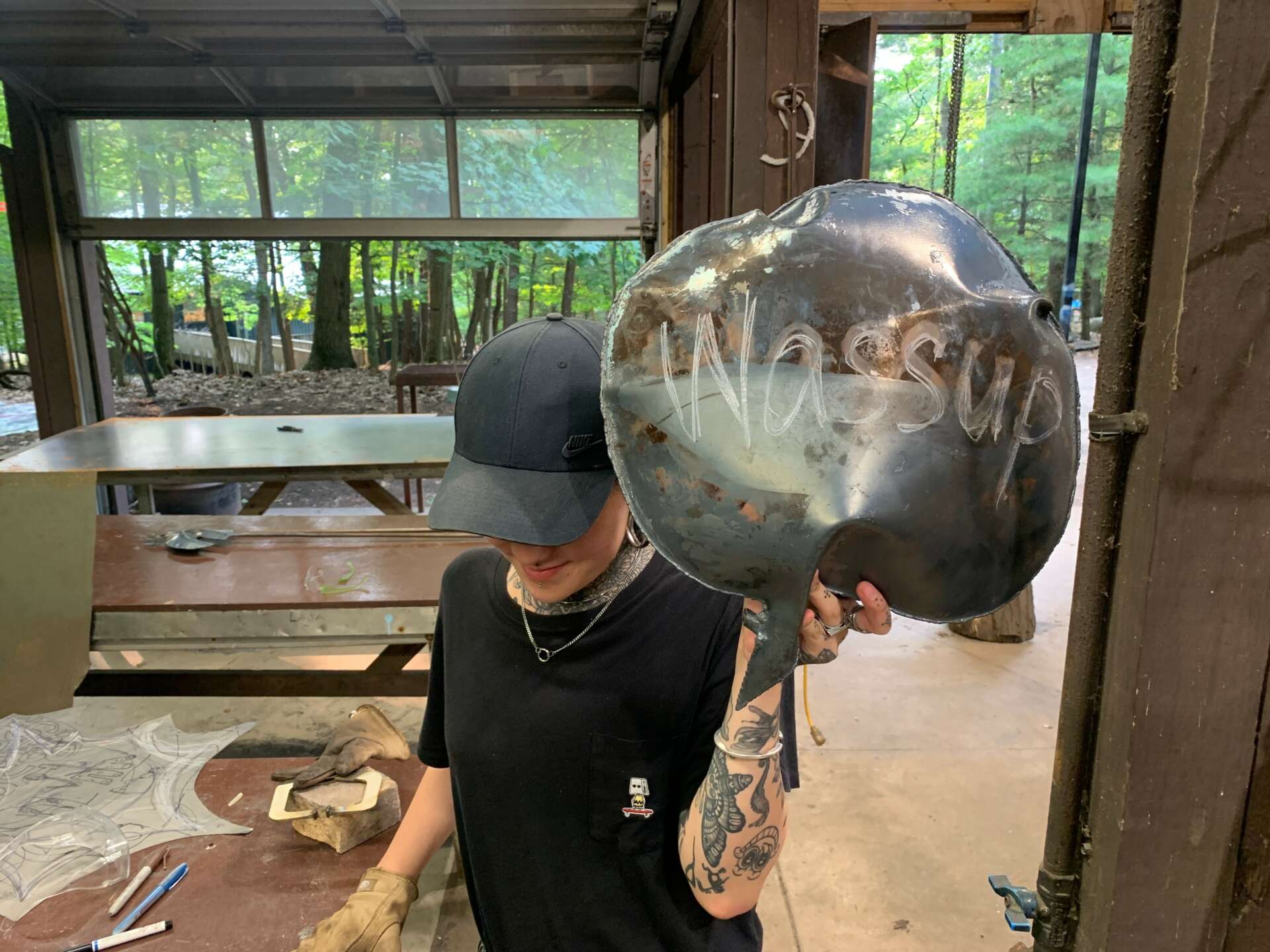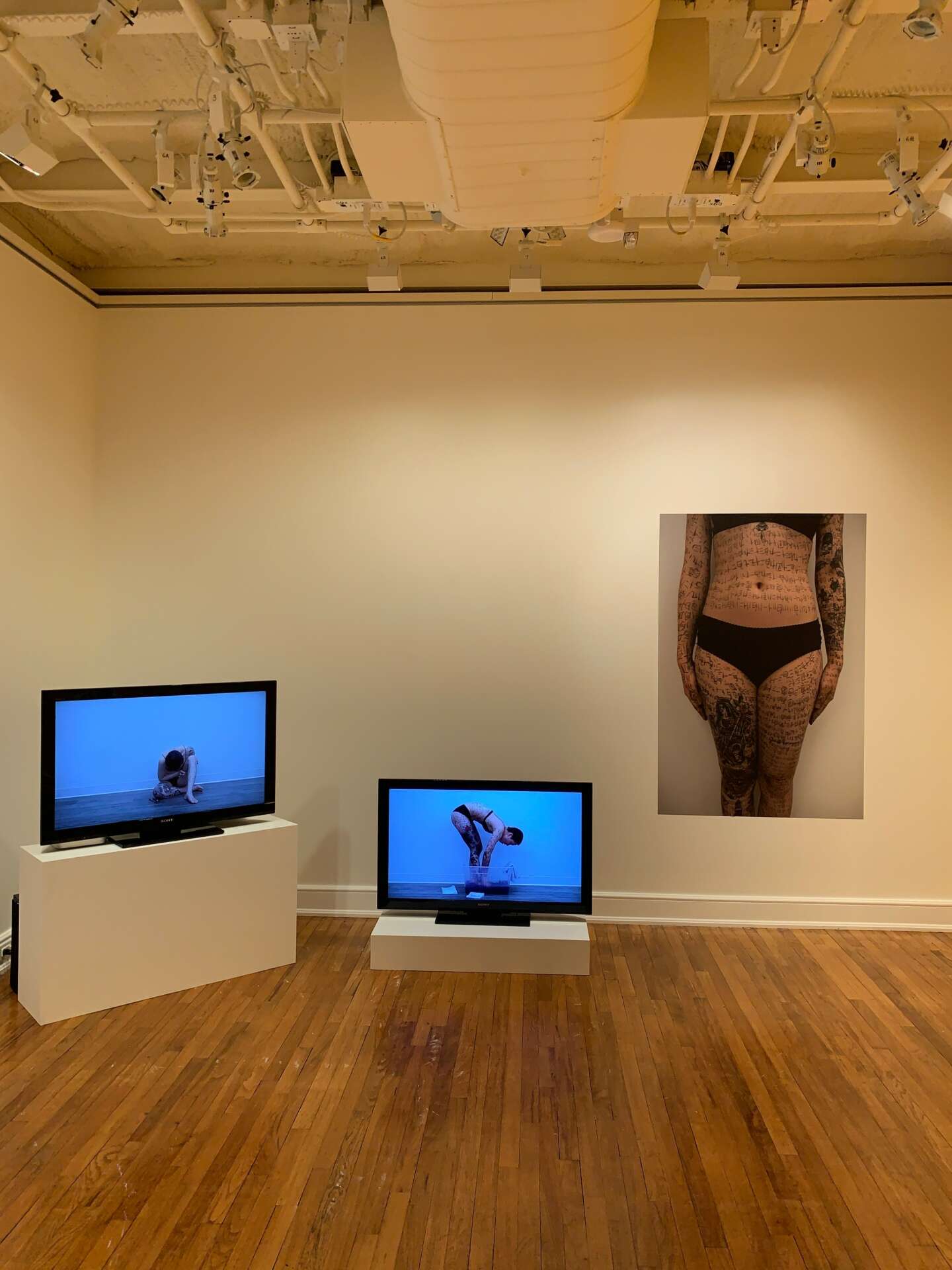We were lucky to catch up with Lu W recently and have shared our conversation below.
Lu, thanks for joining us, excited to have you contributing your stories and insights. It’s always helpful to hear about times when someone’s had to take a risk – how did they think through the decision, why did they take the risk, and what ended up happening. We’d love to hear about a risk you’ve taken.
I am currently exploring a politically charged project that has garnered diverse experiences and opinions from many people. It’s always a risk when your work revolves around specific political issues or topics, especially those that are more pertinent to our current times. However, it also presents a significant opportunity for me as an artist to utilize a different language and tools to stimulate discussions and debates and to expand the perimeter of the conversation.
Amid the risk of creating politically contextualized work, there are smaller risky steps I have to assess during the process. For instance, I have to filter through a tons of information—some being facts, others opinions, and some a combination of both—and select the ones that align with my intended message as content. The act of selection itself holds political implications. I make an effort to conduct as much research as possible to gain a deeper understanding of the subject matter and engage with sources that facilitate open and constructive conversations.
Another aspect of expressing specific political opinions in art is that it inevitably leads to controversy. In dealing with such situations, I find that the most effective approach is to be open-minded, respectful, and hold on to the facts you learned that ground you.

As always, we appreciate you sharing your insights and we’ve got a few more questions for you, but before we get to all of that can you take a minute to introduce yourself and give our readers some of your back background and context?
I grew up in an artist family. My grandma is an established painter, my mom was a gallerist, and now she’s a collector, so I was introduced to the art world and art history from a young age. I was introduced to the contemporary art scene during high school when my mom took me to an exhibition featuring Xu Bing, one of the artists I still look up to today. This experience opened up a whole new world for me, expanding my thinking about what I could create with all the materials and mediums that exist in and beyond the art discipline.
Subsequently, I pursued studio art and art history during my undergraduate studies, and I am currently in the final year of my MFA program at Pratt. I work across disciplines because I LOVE learning new knowledge, whether it’s related to techniques, materials, tools, or anything connected to art and art making. At the moment, I’m dedicated to developing large-scale architectural installations that incorporate different elements such as prints, drawings, readymade, etc. I’m particularly captivated by the interplay between rigid structural spaces and random objects or visual cues, which I believe is influenced by my experiences of living in different countries. The structure represents the fundamental aspect of who I am, while the other elements inhabiting and interacting with the structure symbolize the various memories and changes in my life.


How can we best help foster a strong, supportive environment for artists and creatives?
There are countless topics to discuss when it comes to improving the “art world,” and I believe two things are essential for people to know and do:
1. Support young and emerging artists by buying, collecting, and owning their art.
2. Create your own art world and establish your own rules. It doesn’t have to be separate or isolated from the broader art world; instead, it can offer a more sustainable and accessible path for you and your community to achieve your goals and bring about gradual changes. It may feel insignificant at the beginning, but persevere if it’s the space and community you need!


What do you find most rewarding about being a creative?
Personally, I think that being able to convey a sense of feeling without using words is one of the most satisfying aspects of being an artist. Additionally, I can express or conceal information within my work, bear witness through my art, and learn so many new things during the research and development of a project. It’s truly amazing to be able to have ways to connect all the abstract, floating thoughts in your mind with your hands and body while creating artwork.


Contact Info:
- Instagram: lu_www
Image Credits
Image 2&3 in additional photos by a Noa Mims


